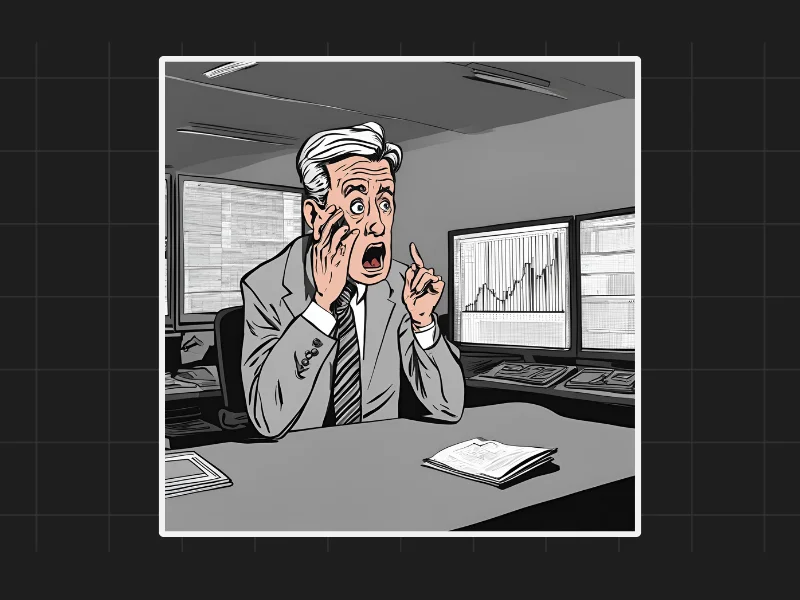The Growing Influence of Top US Stocks
An interesting chart from Gavekal Research highlights the overall size of global equity markets, which total about $80 trillion. The chart breaks down the contributions of different regions and sectors. The standout observation is the dominance of the top 15 US stocks, often referred to as the “Nifty 15,” which include giants like Apple, Microsoft, Nvidia, and Amazon. This red band in the chart has grown significantly, now larger than the combined market caps of Europe, Japan, and emerging markets.

Market Cap Concentration
The concentration of market cap in these top US stocks has grown from less than 10% in 2020 to possibly 13% or more. This shows a massive accumulation of market value in a small number of companies. Despite the rise of these 15 stocks, the overall US market cap has also increased dramatically, from around $25 trillion a decade ago to nearly $50 trillion today. In contrast, other regions have not seen the same level of growth.
Disparity Between Market Cap and GDP
A notable point is the disparity between the US’s global GDP contribution and its market cap. The US accounts for only 18% of global GDP but holds 70% of the global market cap. This is reminiscent of Japan in the late 80s and early 90s when Japan’s market cap was disproportionately high compared to its GDP. At its peak, Japan had around 48% of the global market cap with only about 12% of the global GDP, leading to a market bubble that eventually burst.
Historical Shifts in Market Focus
Historically, capital has shifted from one region to another following major economic events. After Japan’s bubble burst in the 90s, investments moved to emerging markets, then to the dot-com bubble, housing market, and more recently, technology, AI, and cryptocurrencies. Each of these shifts has resulted in significant market corrections. The current concentration of market cap in a small number of US stocks may signal another potential shift in the near future.
Potential Shift Towards Emerging Markets
The significant skew in market cap distribution suggests a potential future shift of capital from the US to emerging markets. As these markets, including India and Japan, continue to grow, they may attract more investment, leading to larger market caps for their companies. Over the next five to ten years, emerging markets could see substantial growth in both GDP and market capitalization.
Opportunities in Emerging Markets
This potential shift presents a promising opportunity for investors. As emerging markets grow, their companies are likely to become more valuable. The current imbalance, where the US dominates global market cap despite its smaller GDP contribution, suggests that a rebalancing is due. This could mean that companies in emerging markets will see significant growth, making them attractive investment options for the future.

Disclaimers and disclosures : https://tinyurl.com/2763eyaz
If you have any questions, please write to support@weekendinvesting.com












